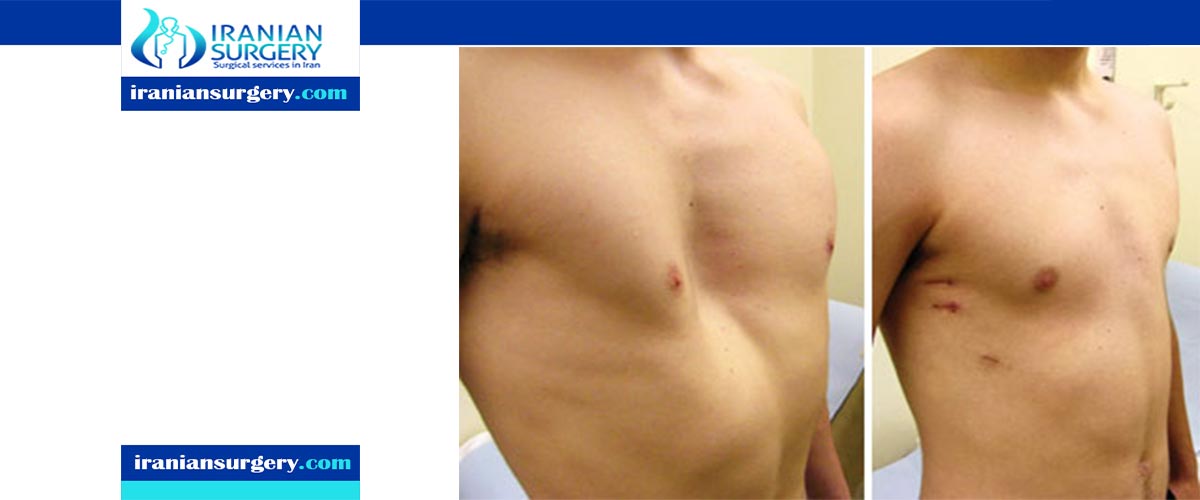What are chest wall deformities?
A chest wall deformity is a structural abnormality of the chest that can range from mild to severe. Chest wall deformities occur when the cartilage that connects the ribs grows unevenly. It is not clear why this happens, but the condition tends to run in families.
The two most common types of chest wall deformity are:
- Pectus excavatum, also known as funnel chest or concave chest, occurs when the breastbone pushes inward. Children with this type of deformity appear to have sunken chests. Pectus excavatum is the most common type of chest wall deformity, affecting 1 out of every 300 to 400 children and three times as many boys as girls.
- Pectus carinatum, also known as pigeon chest or raised chest, is a condition where the breastbone and ribs protrude. For some children, both sides of the chest stick out, but for others, one side of the chest may protrude more than the other side. The condition affects about 1 in every 1,500 children and is more common in boys than girls.
Chest wall deformities often first become noticeable early, when a child is 1 or 2 years old. The deformity may be mild at first and become more severe during puberty, when a child’s bones and cartilage are growing rapidly.
Children with a chest wall deformity may have no symptoms at all, other than feeling self conscious about their appearance. However, some children experience difficulty breathing during exercise and are prone to respiratory infections and asthma.
Children with either type of chest wall deformity are at increased risk of developing scoliosis.
Depending on the type and severity of the deformity, chest wall deformities are often treated with surgery, a brace or no treatment at all.
Surgeons used to recommend surgery for children as young as 4, an age when bones are softer and easier to reposition. But too often, the condition would return, especially during growth spurts. Now, doctors often recommend waiting or not performing surgery at all. If they do operate, surgeons generally prefer to wait until the child reaches adolescence, after most of their growth spurts have happened.
How we care for chest wall deformities
The General Surgery Program at Boston Children’s Hospital is one of the largest pediatric surgery programs in the world. We perform more than 4,000 surgical procedures and care for an average 8,600 children each year.
We work closely with the Division of Pulmonary and Respiratory Diseases to evaluate and treat children with chest wall deformities that interfere with breathing.



